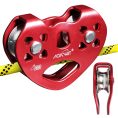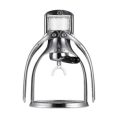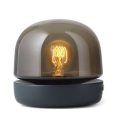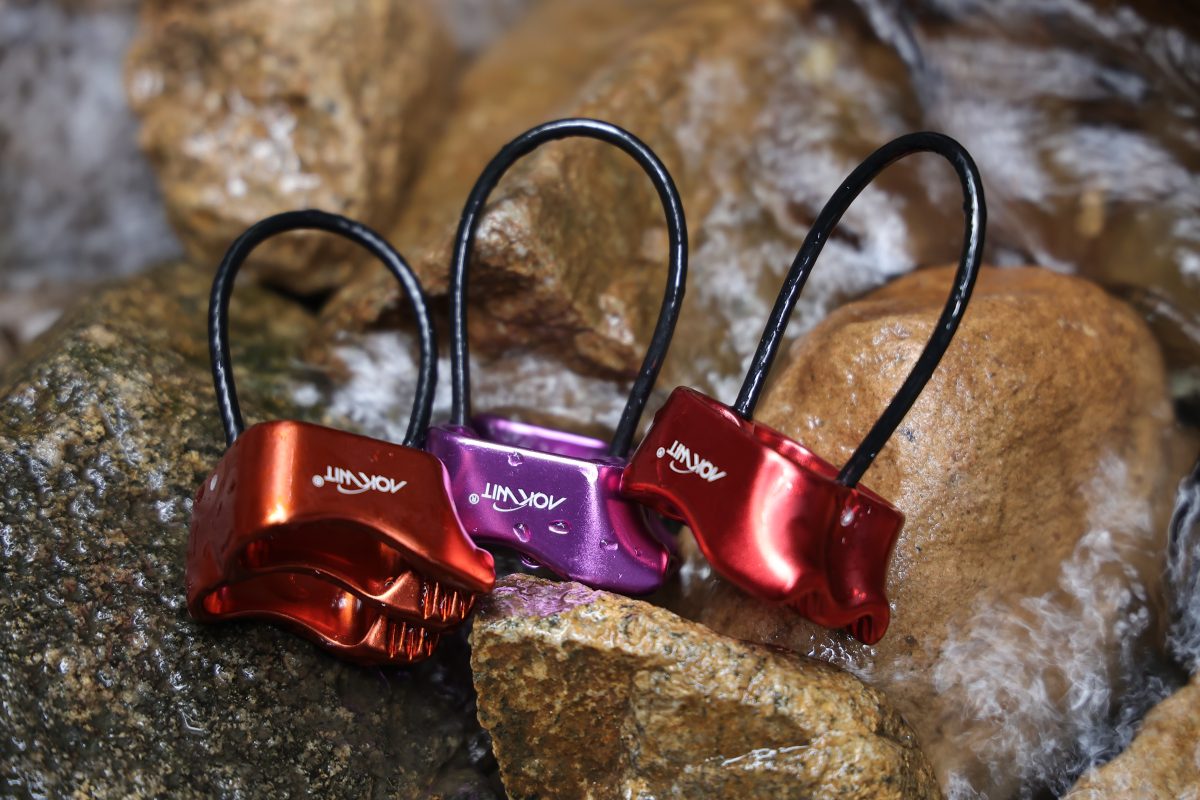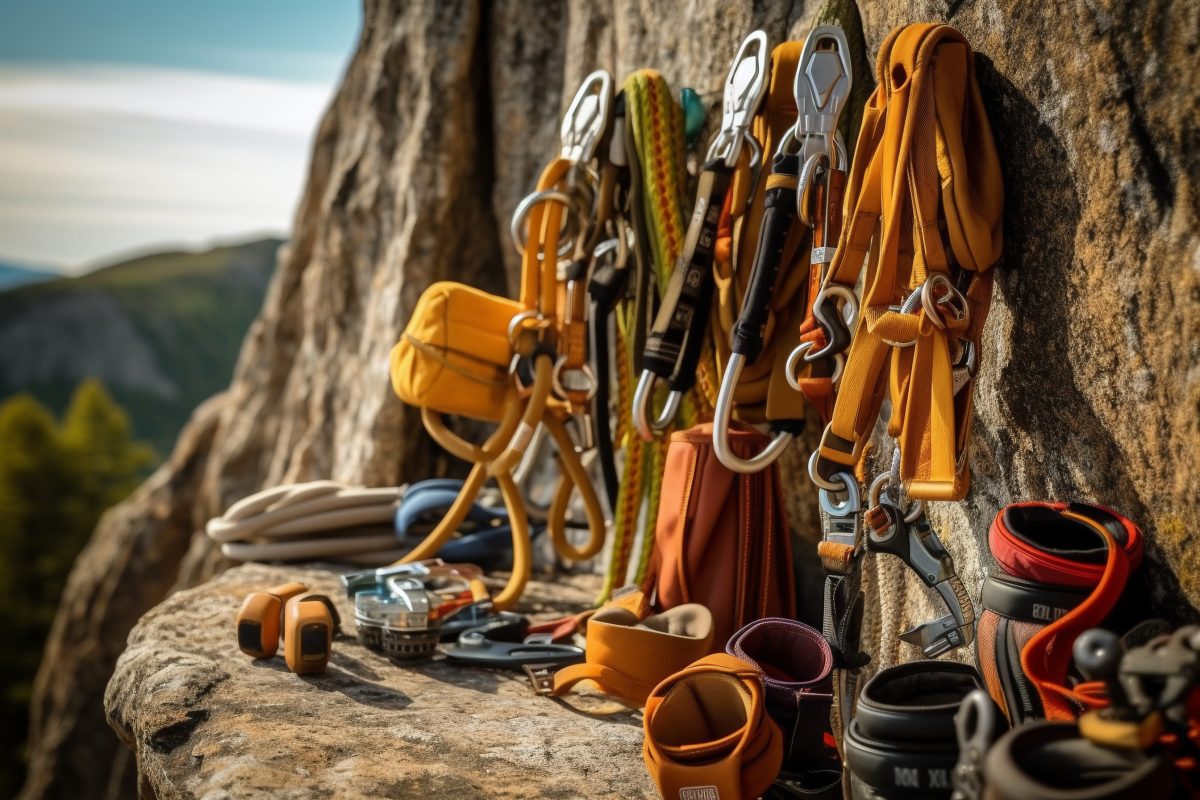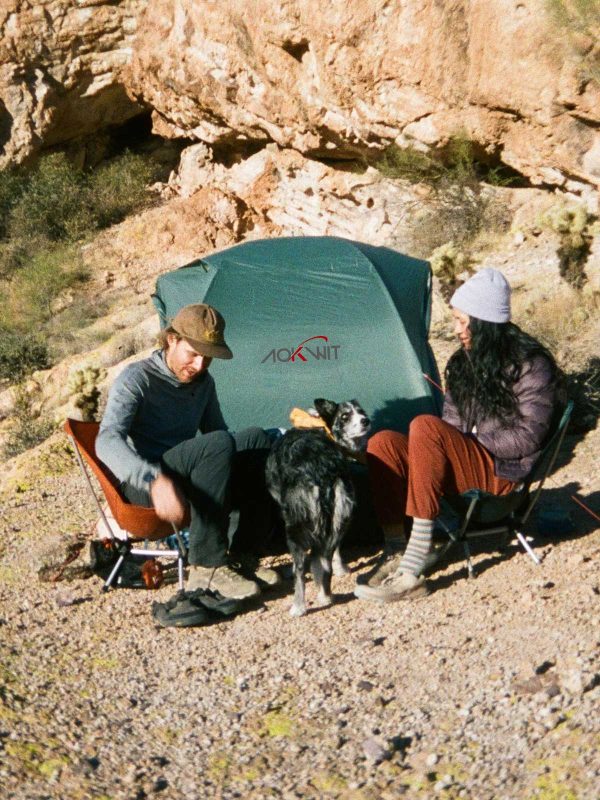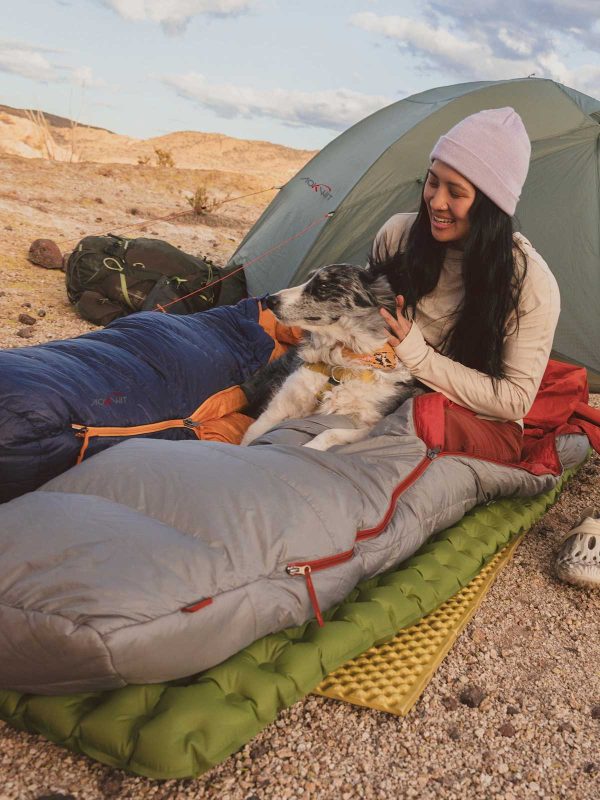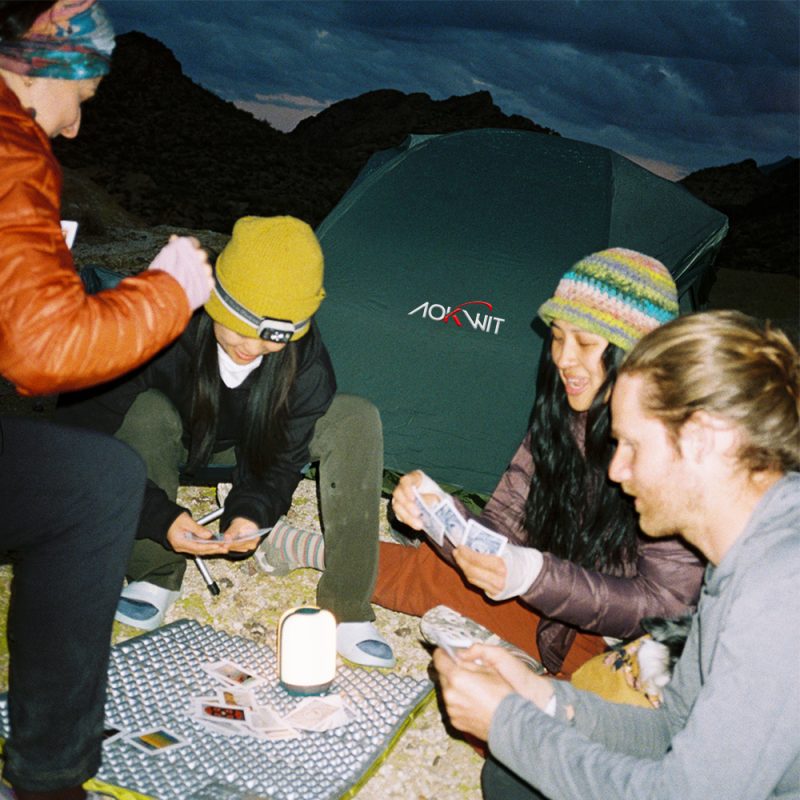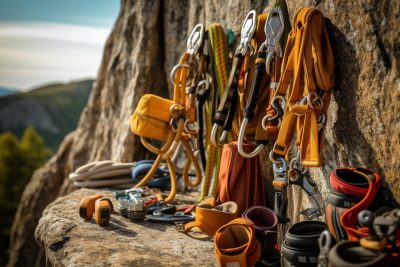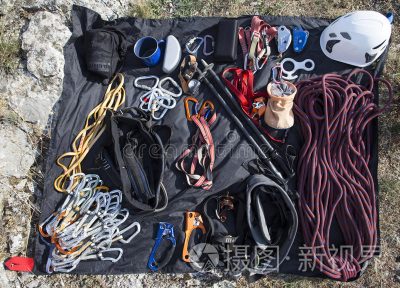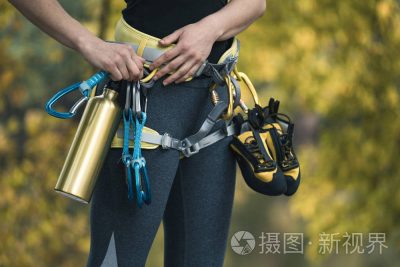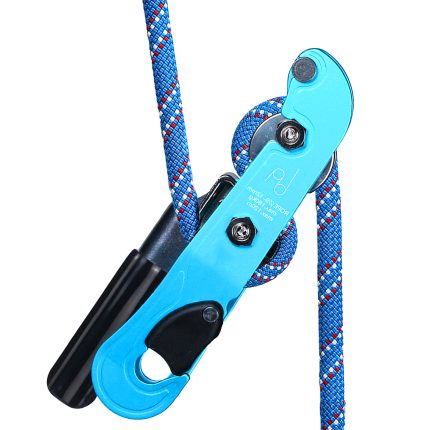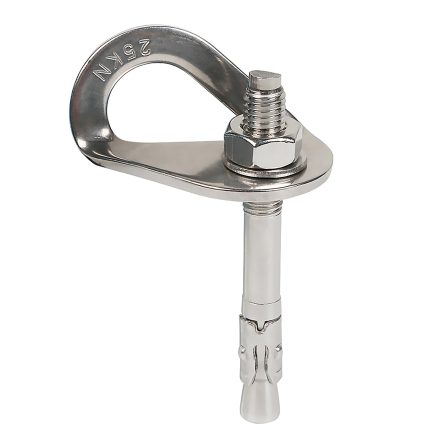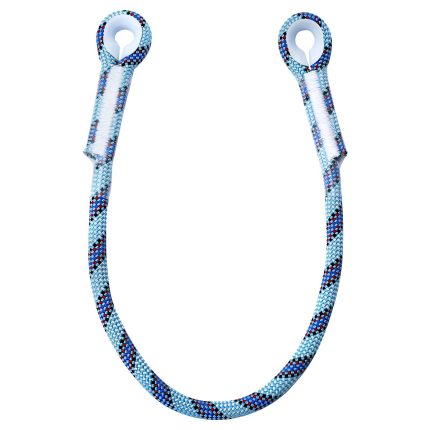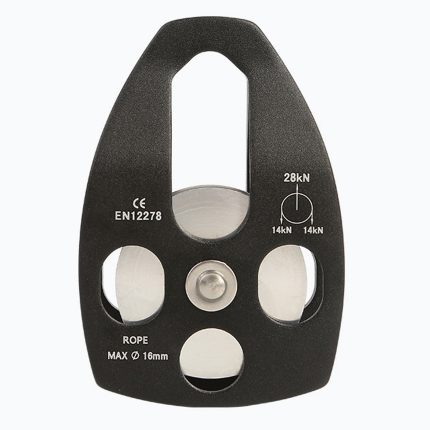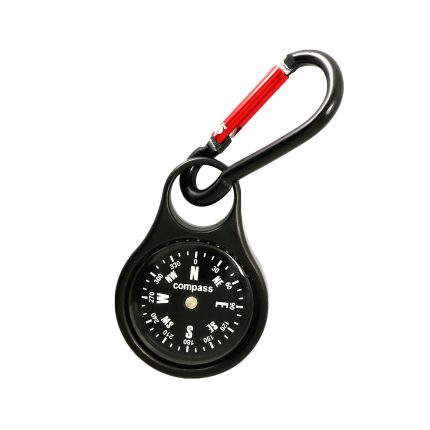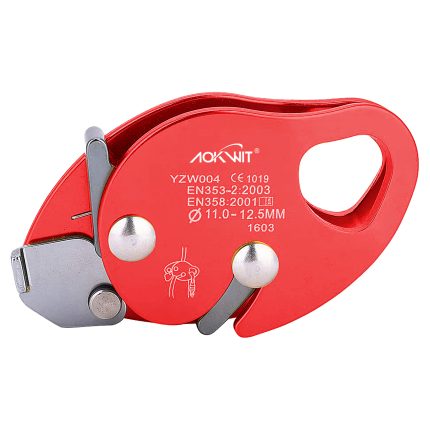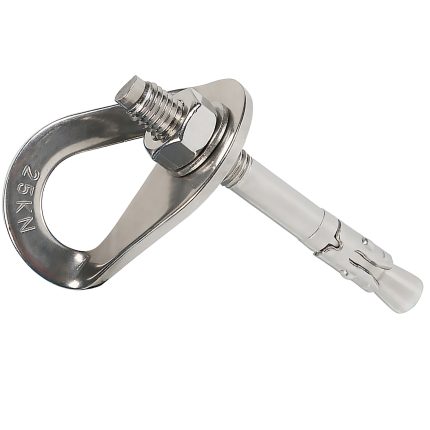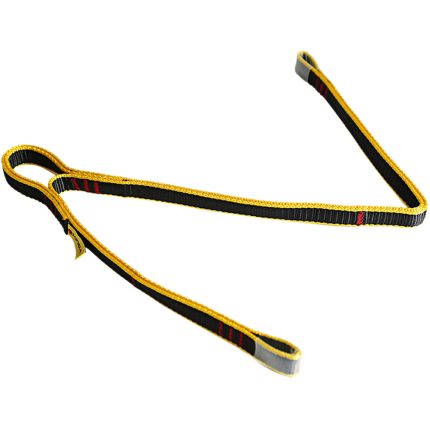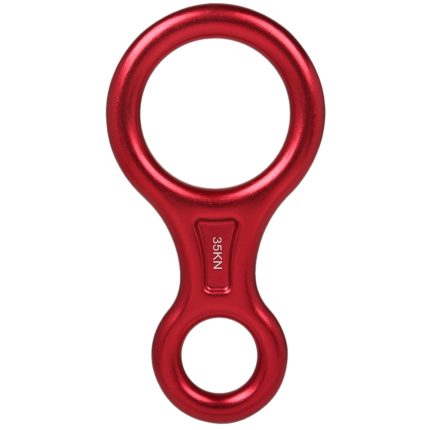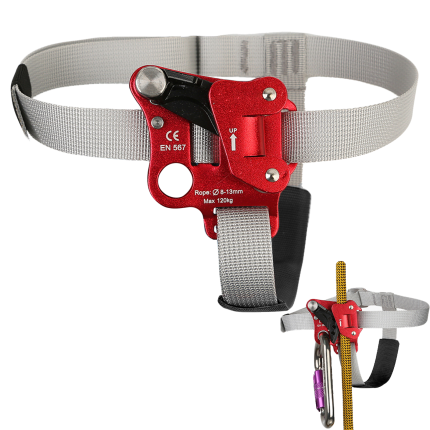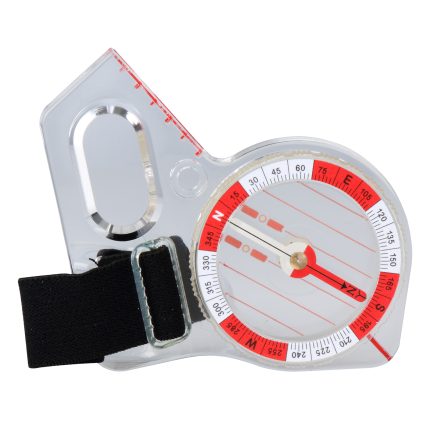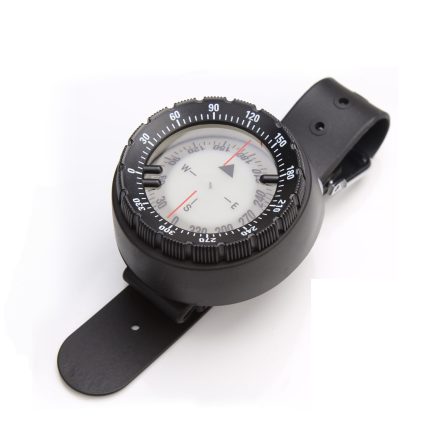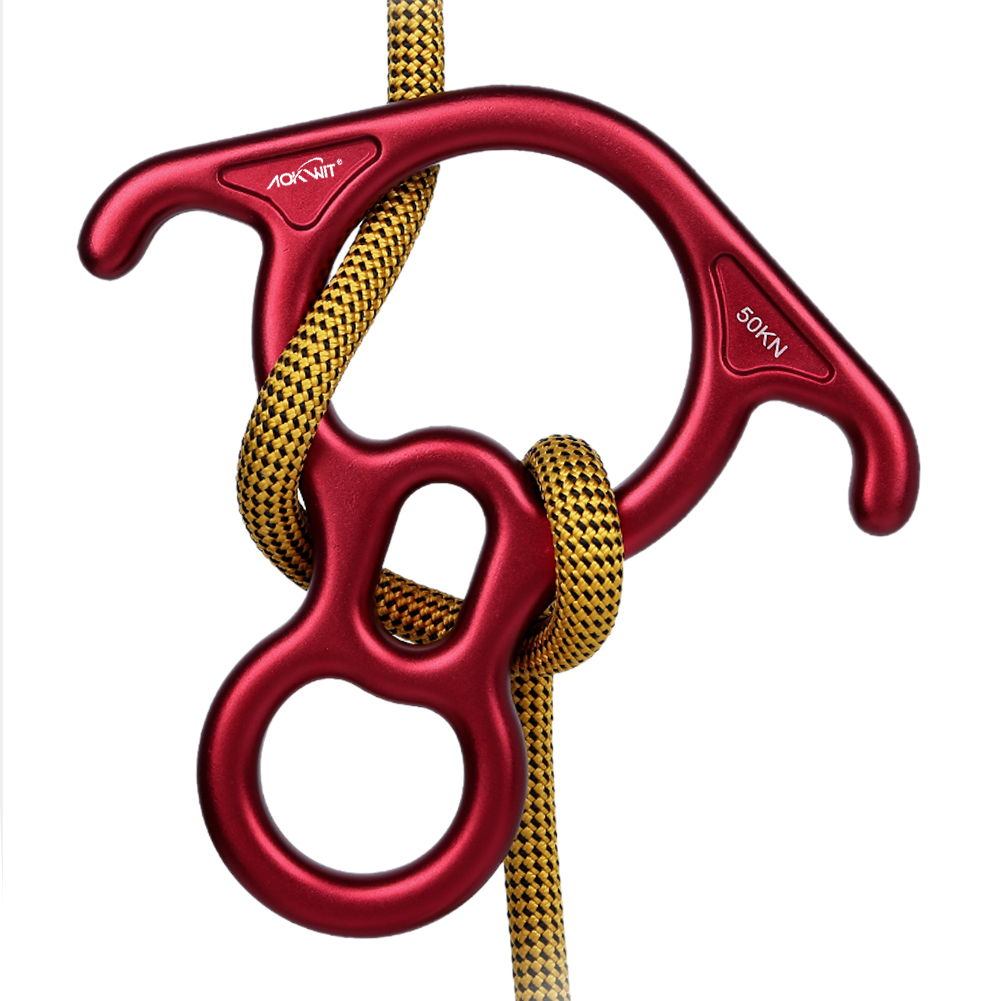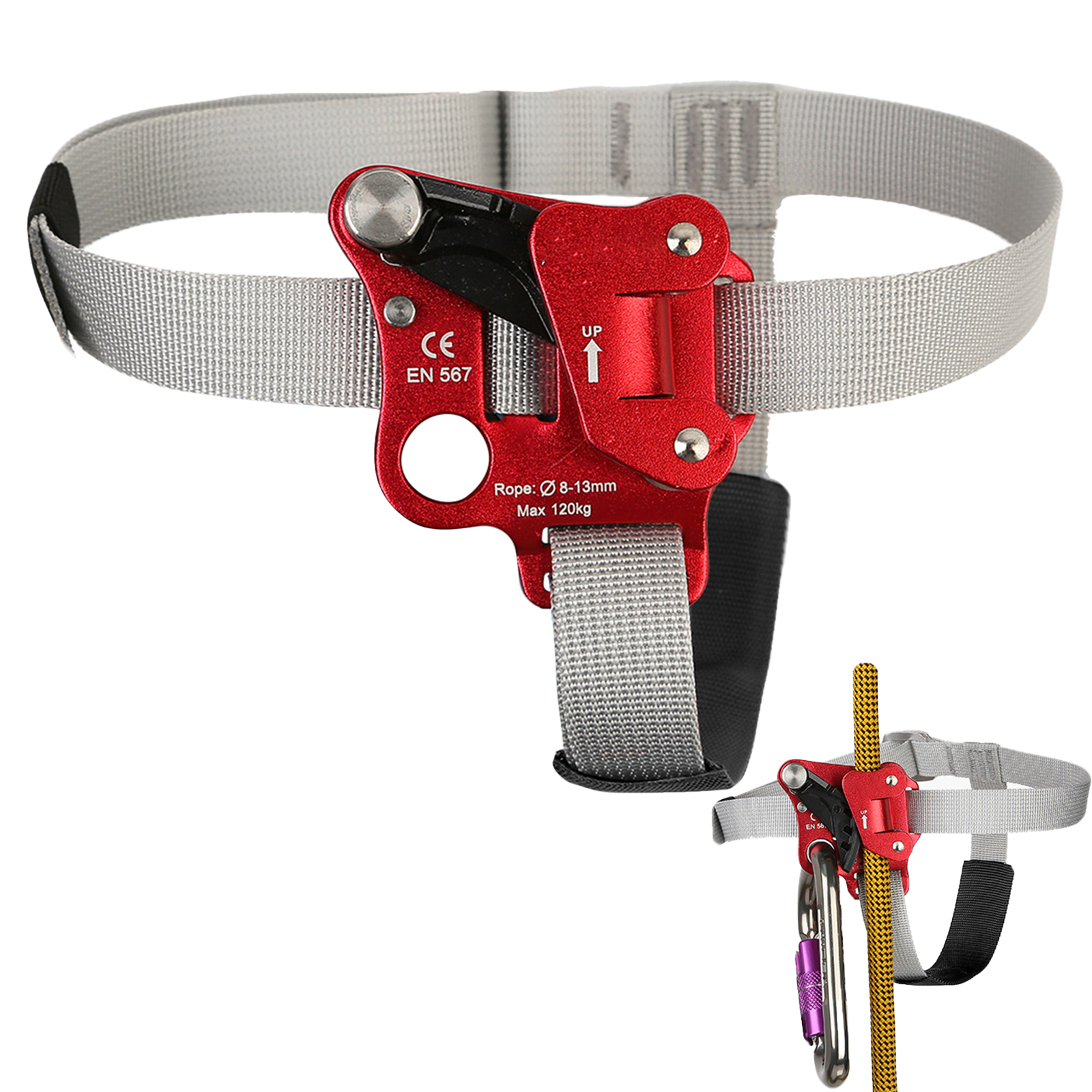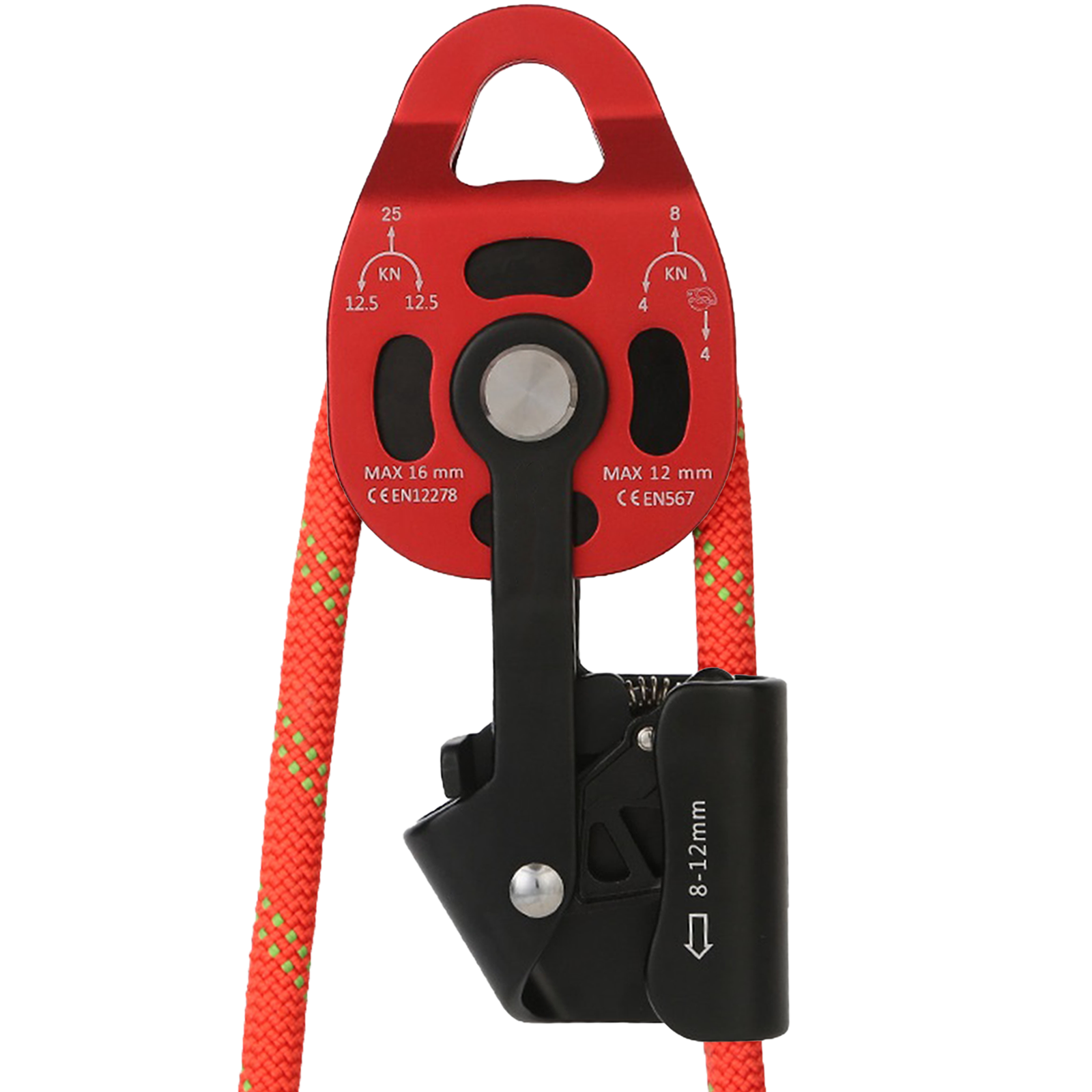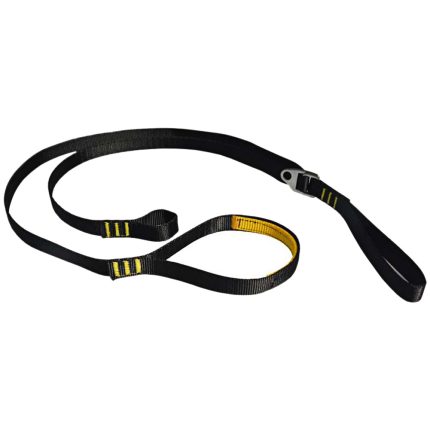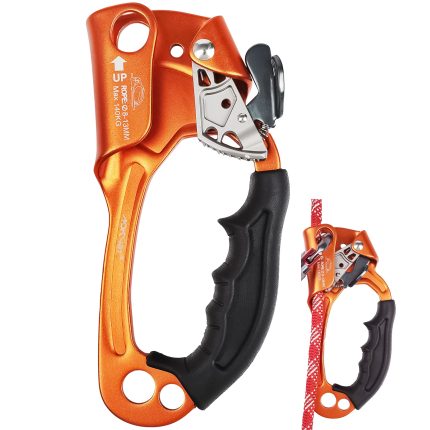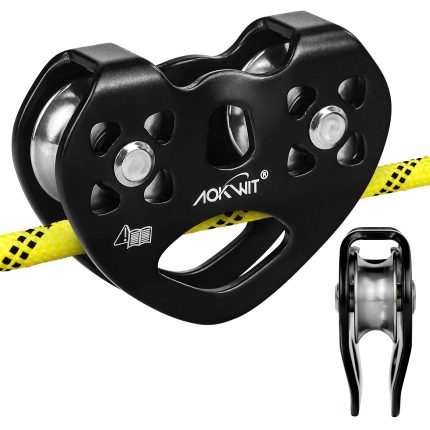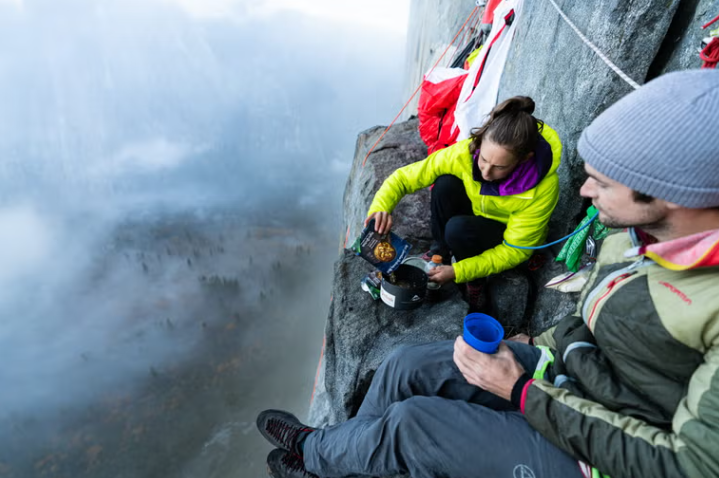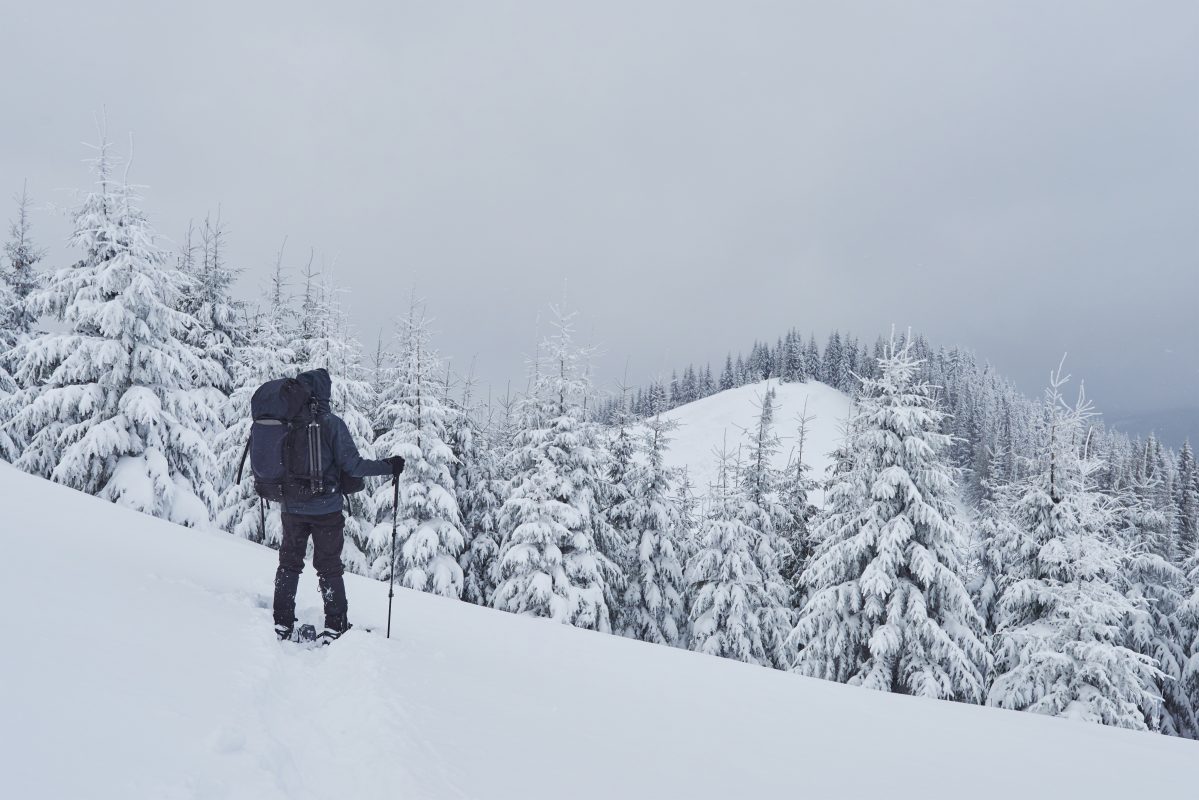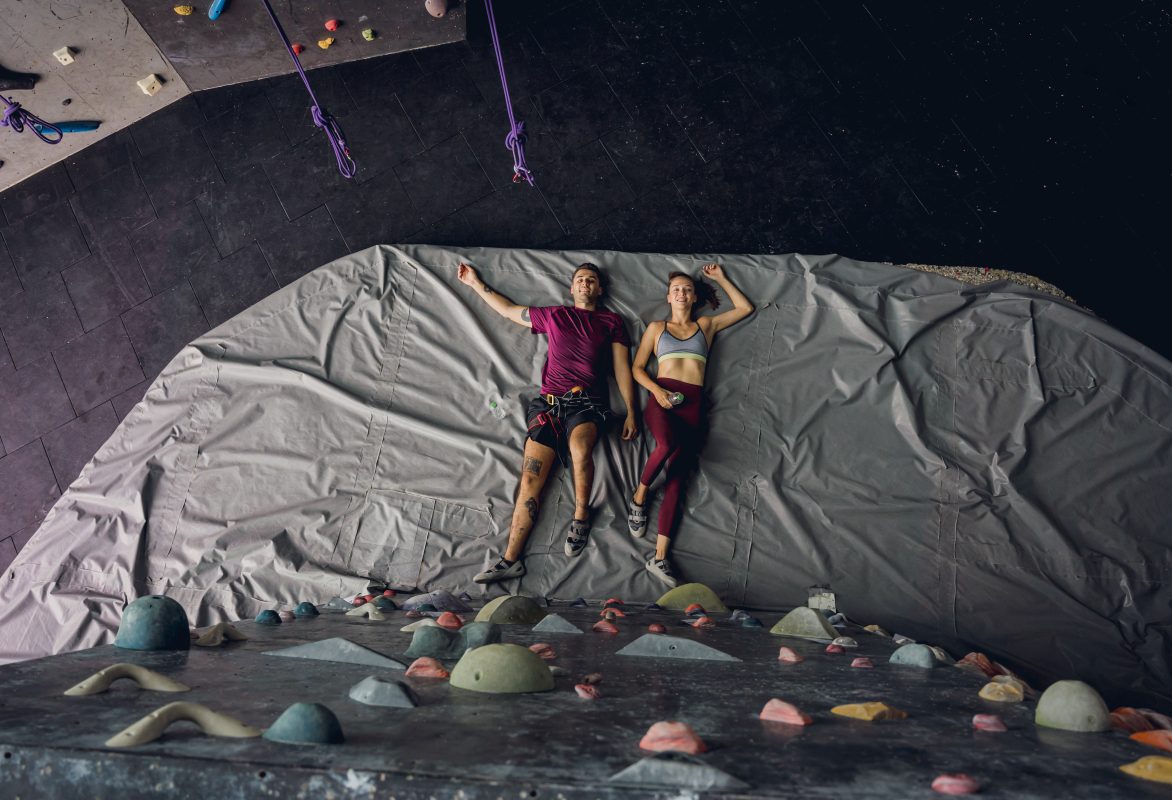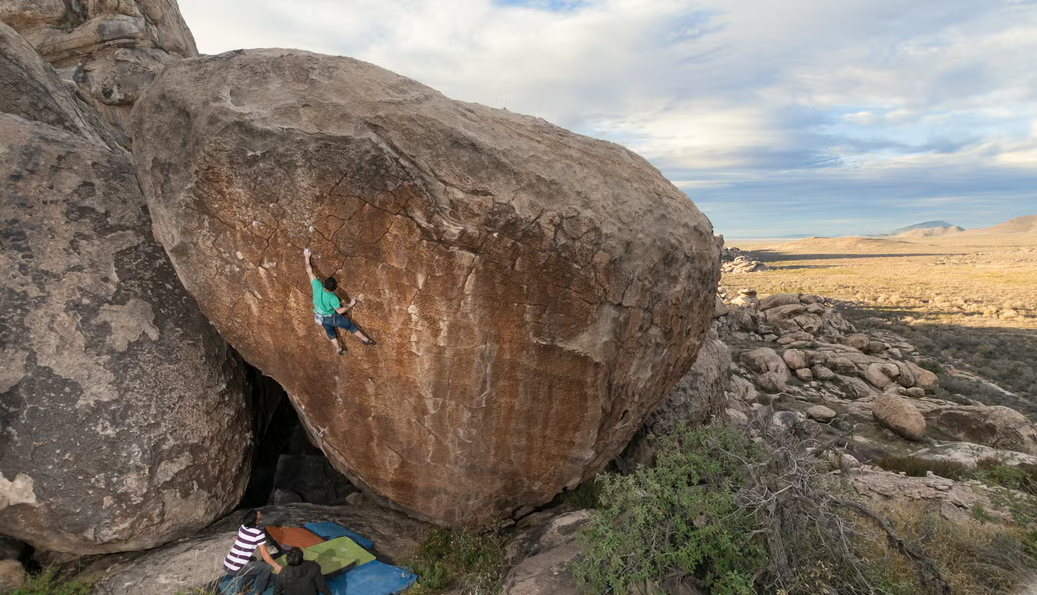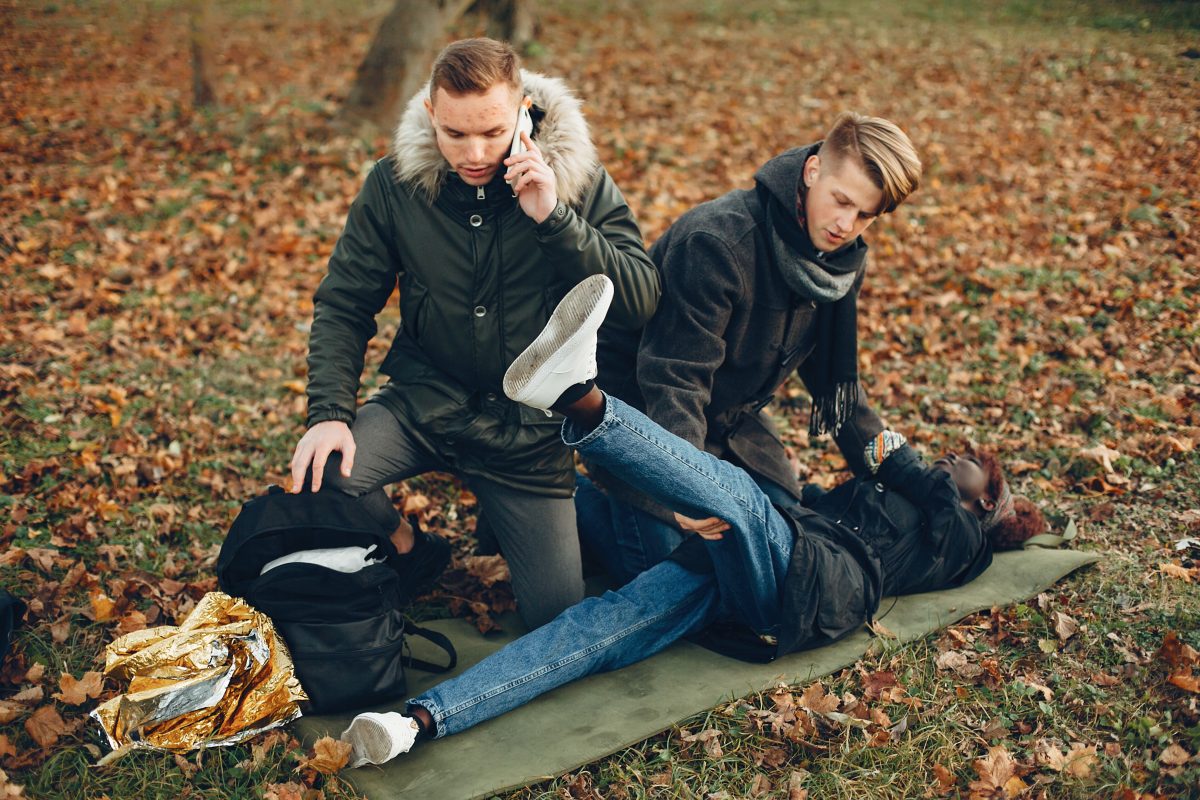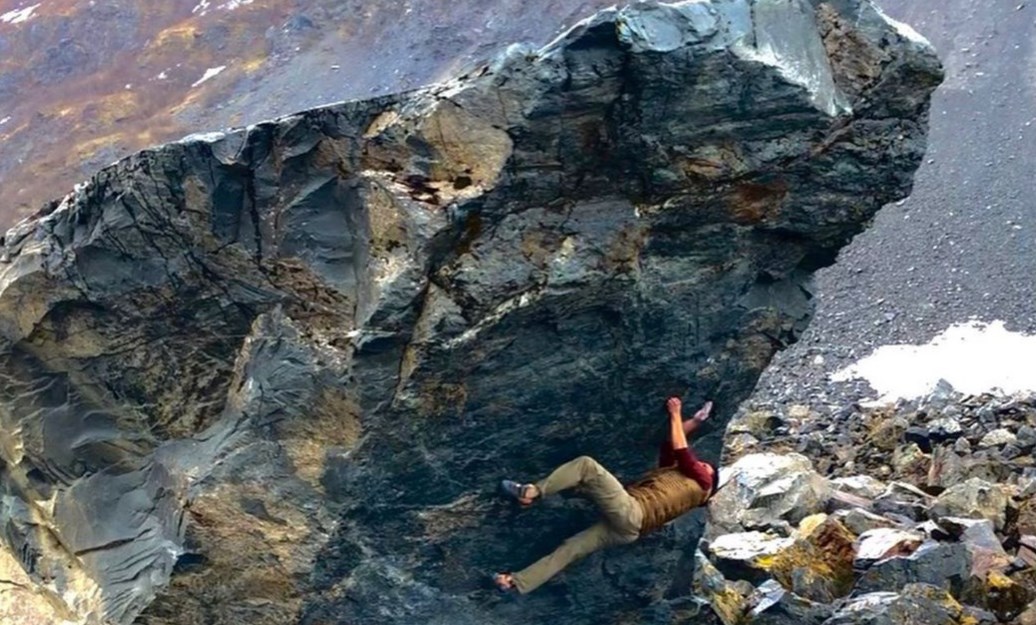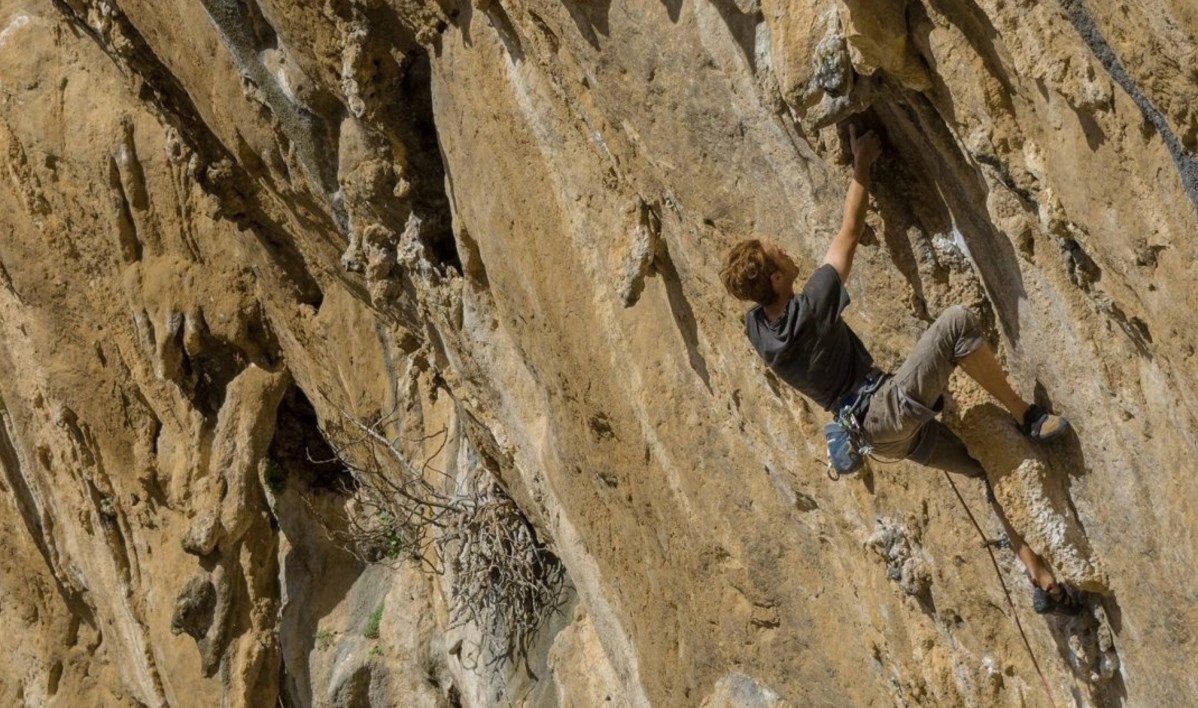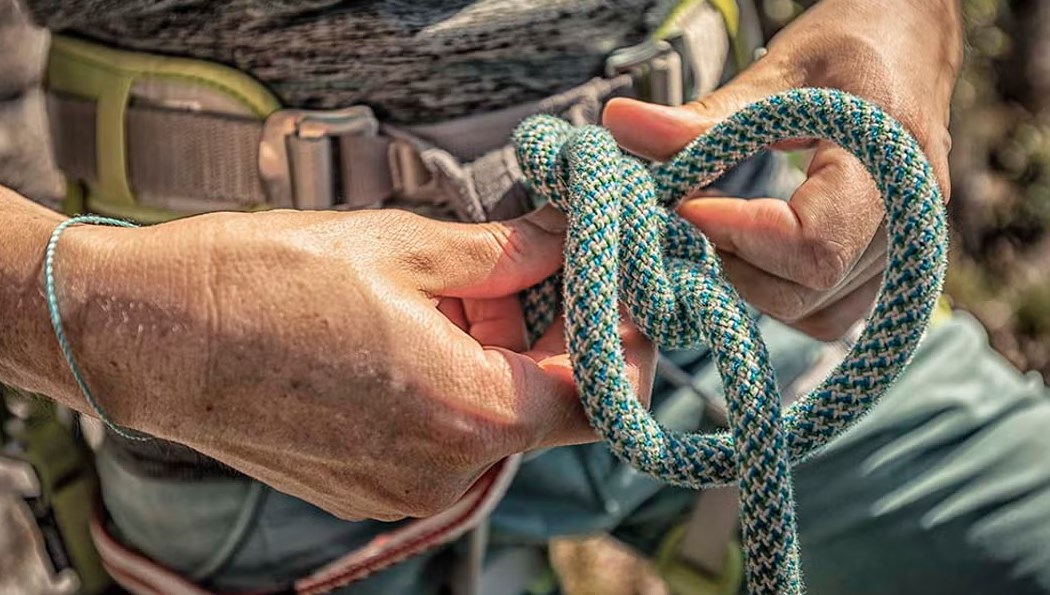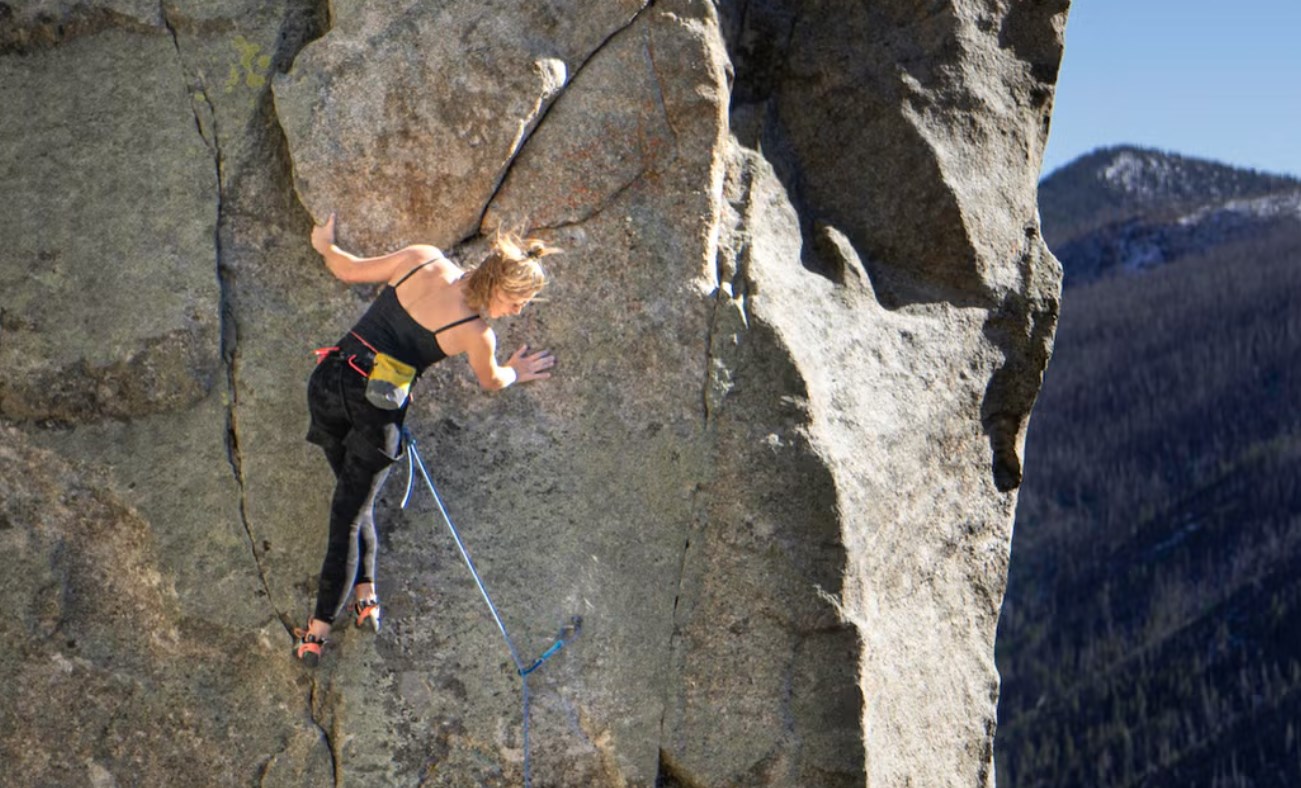From “En Pointe” to “Redpoint”: How Ballet Enhances Climbing Footwork and Foot Health
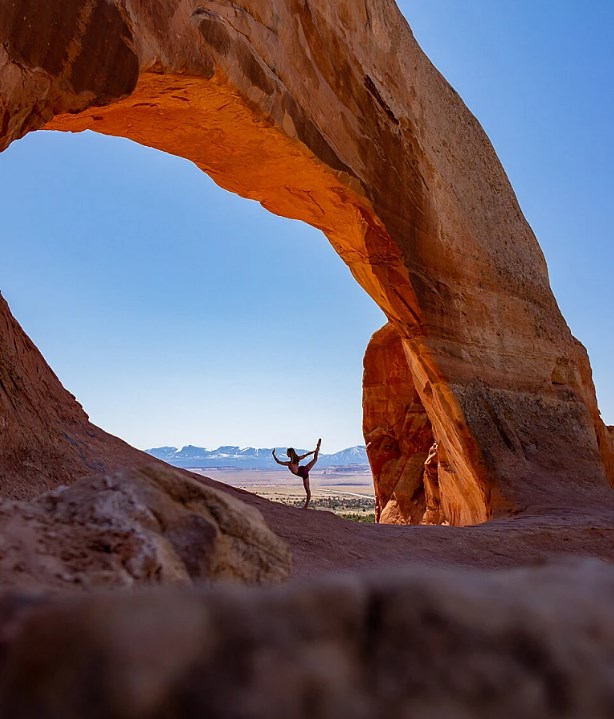
Introduction
Climbing is a challenging and exhilarating sport, but it can also take a toll on your feet. Whether it’s jamming feet into climbing shoes for sharp edges or relying on footholds that feel like they might break, a climber’s foot health is paramount.
The good news is that there is a wise source for maintaining and improving foot health: ballet.
You may have heard how ballet technique can enhance your climbing, but this centuries-perfected dance art also offers valuable techniques and exercises for climbers seeking better foot health.
Anyone who has tried both ballet and climbing will tell you that the feeling of putting on climbing shoes is strikingly similar to slipping on ballet slippers; both fit tightly and uncompromisingly, with rigid toe boxes. In fact, these shoes are designed for analogous movements.
Although ballet slippers are made of cardboard, wood, and satin, while climbing shoes feature more leather and rubber, both climbers and dancers must endure the discomfort of standing on their toes, whether on stage or high on a tiny ledge.
The similarity in shoe-to-foot interaction and the required toe dexterity in both ballet and climbing mean climbers can benefit from understanding how ballet dancers prepare their feet for training and performance.
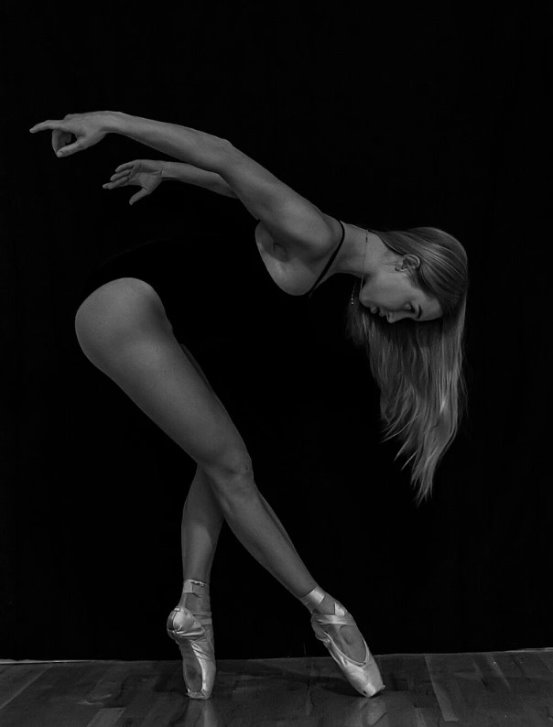
New climbers often overlook the importance of their feet, focusing instead on strong fingers, arms, and core. More experienced climbers know that your feet are your connection to the rock, the key to conquering challenging routes with grace and precision.
Lacking foot strength or, worse, neglecting foot health can lead to discomfort, injury, and diminished climbing performance. This is where ballet’s focus on the feet comes into play.
I. Benefits for Climbers
Incorporating ballet foot recovery techniques and exercises into your climbing training can yield several benefits:
- Enhanced Foot Strength & Flexibility: Ballet technique focuses on strengthening and stretching the muscles and tendons of the feet and ankles, leading to greater foot control and adaptability.
- Improved Balance & Precision: Ballet training enhances balance and proprioception, enabling climbers to place their feet confidently and accurately on the smallest footholds.
- Reduced Injury Risk: Integrating regular ballet-inspired foot care routines into training can decrease the risk of common climbing foot injuries, including tendonitis, sesamoiditis, and vasoconstriction (that familiar foot numbness every time you put on climbing shoes) (Russel, 2013).
- Extended Climbing Time: Stronger, more flexible feet can withstand longer climbing sessions, increasing endurance and allowing you to complete challenging routes with less fatigue.
II. Recommended Ballet Foot Exercises for Climbers
Ballet dancers are renowned for their impeccable foot articulation, strength, and flexibility. Incorporating their exercises into your training can significantly boost climbing performance:
1.Relevé (Raised): Stand with feet hip-width apart. Slowly lift onto the balls of your feet. Hold for a few seconds, then slowly lower your heels back to the ground. Strengthens calf muscles, crucial for edging on small holds.
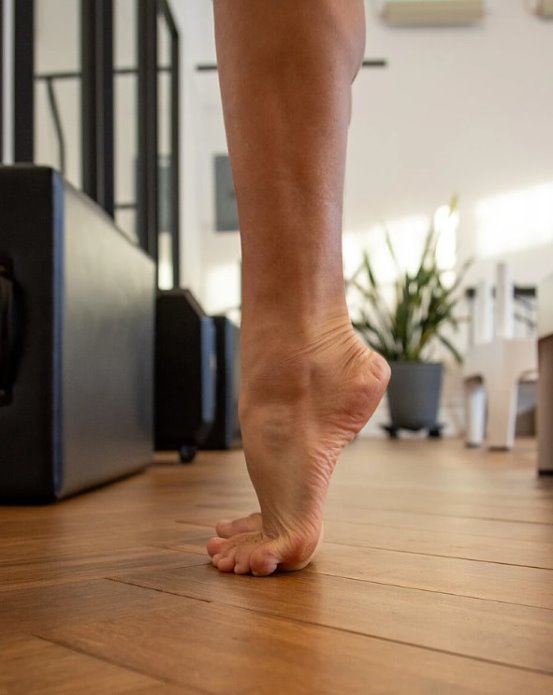
2.Fondu (Melted): Shift your weight onto one leg. Place the ball of the other foot against the ankle of the standing leg and bend the supporting knee. Simultaneously straighten both legs, extending the free leg into the air while rising onto the ball of the supporting foot. Improves balance and stability, vital for precarious footholds.
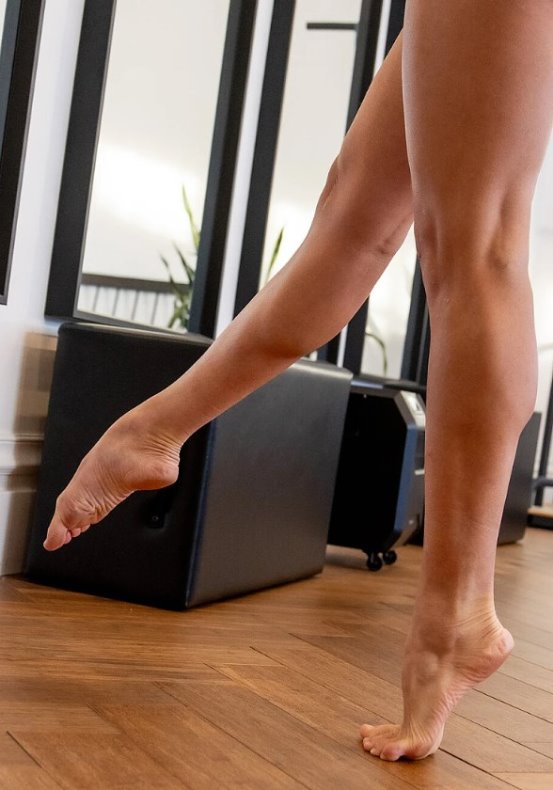
3.Point & Flex (Extend): Stand with feet together. Slowly extend one foot forward, sliding the toes along the floor. Once the foot is fully pointed, reverse the motion, dragging the toes back to the starting position. Repeat pointing to the side and to the back. Enhances ankle mobility, strengthens foot muscles, and helps climbers find footholds and adapt to uncomfortable foot positions.
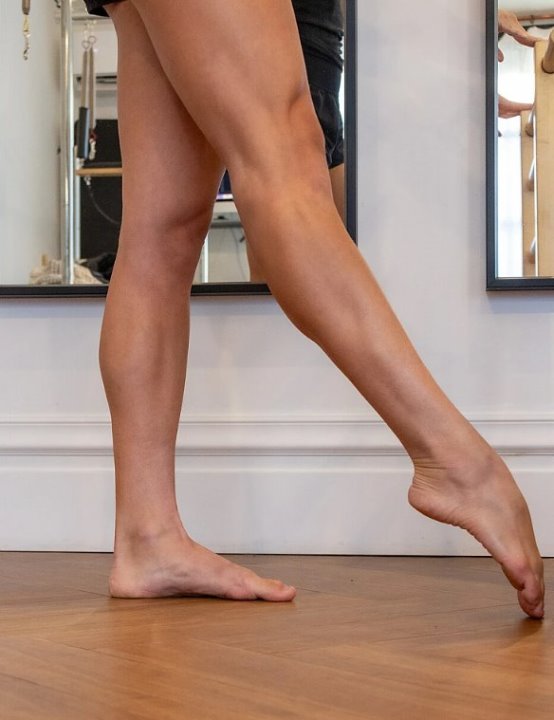
4.Foot Articulation: Sit down, lift one leg, rotate the ankle in both directions, then point and flex the foot/toes. Increases foot dexterity and strengthens the ability to utilize the entire surface of the climbing shoe effectively.
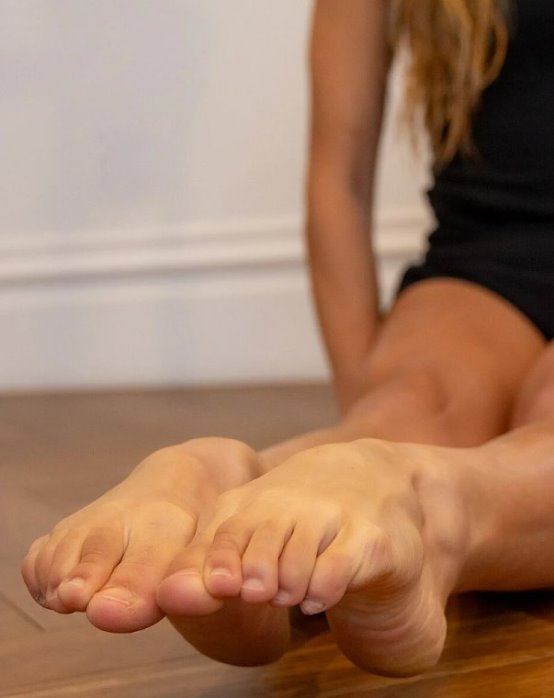
III. Ballet-Inspired Foot Recovery Techniques
Ballet dancers are perhaps the only athletes who torture their feet more than climbers. Here are some ballet-inspired recovery techniques to promote better foot health for climbers:
- Foot Baths: Soaking feet in warm water with Epsom salts or in ice water can relieve muscle soreness and reduce inflammation throughout the foot and ankle.
- Massage: Rolling a tennis ball under the arch and sole of the foot releases tension, promotes circulation, works out knots, and separates muscles and connective tissue. This helps maintain flexibility and reduces the risk of inflammatory injuries like plantar fasciitis.
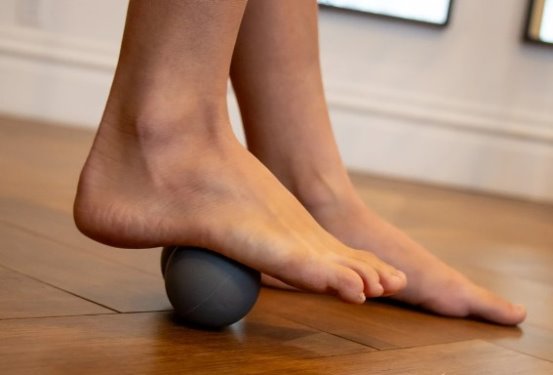
- Stretching & Mobility: Mimic ballet stretches like pointing and flexing the foot. These movements help maintain and improve range of motion in the ankles and toes, enhance joint stability, and condition muscles to exert force through a greater range.
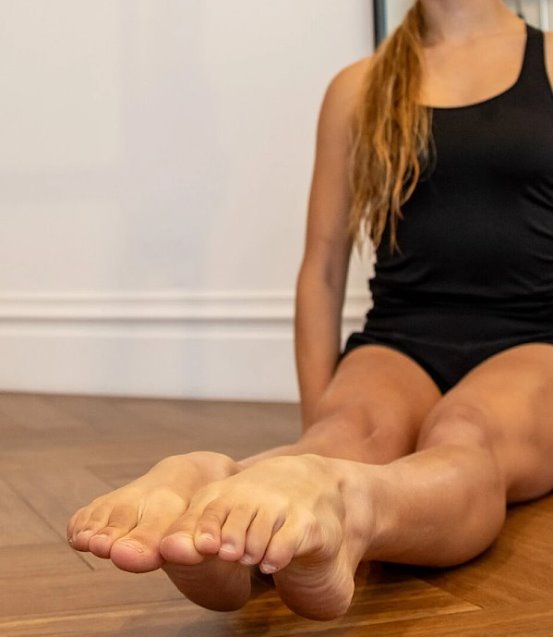
- Intrinsic Muscle Strengthening: Ballet dancers often strengthen the small intrinsic muscles within the foot.
Achieve this by scrunching a towel with your toes.
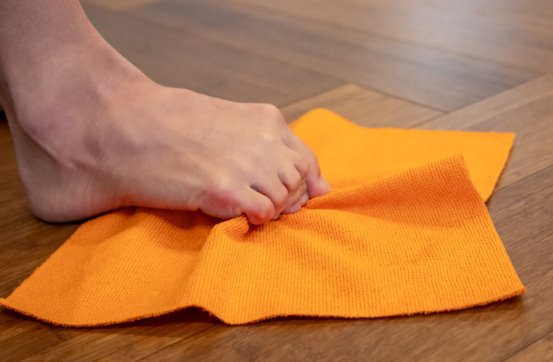
You can also use resistance bands to exercise foot articulation: place the ball of your foot on the center of the band, hold the ends with both hands, and perform the pointing and flexing movements described earlier.
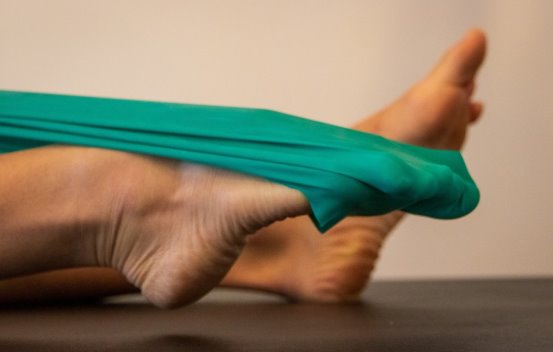
Stronger feet are less prone to injury and provide better support.
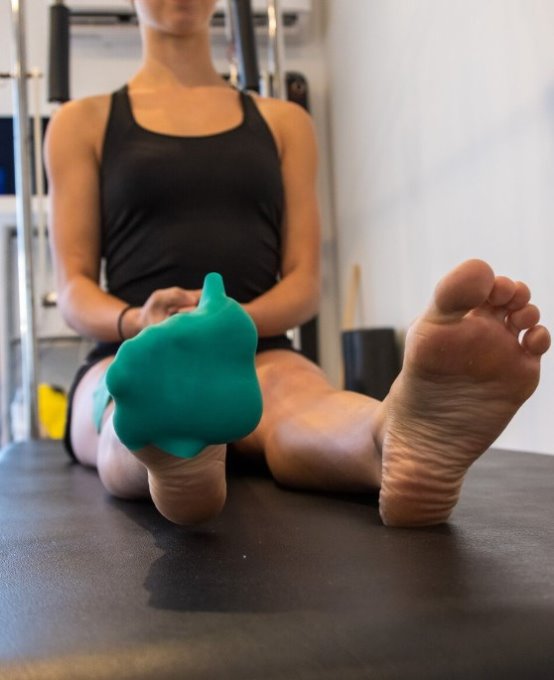
IV. Conclusion
Integrating these techniques and exercises into your climbing routine will build foot strength, flexibility, and overall performance, ensuring you can conquer challenging routes with grace and precision.
So, the next time you plan your climbing training and recovery, remember that a touch of ballet can significantly elevate your climbing game.
Take care of your feet, and you’ll dance joyously at the top of your routes.
